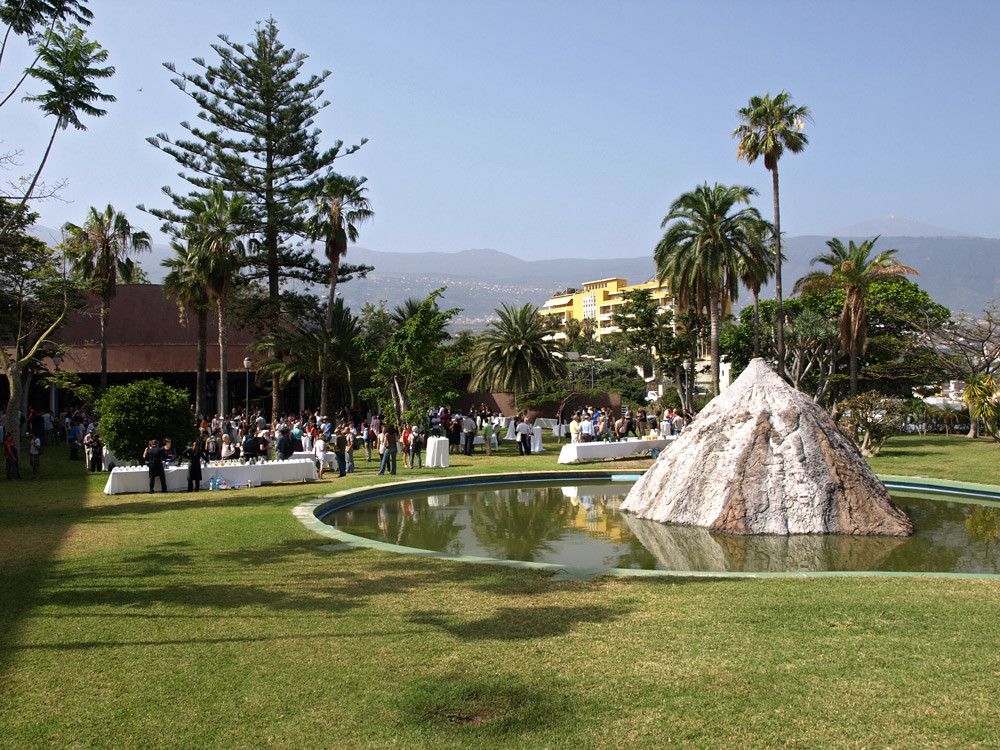 I’ve always taken refuge in the words of those scientists who dismissed the idea that a piece of La Palma the size of the Isle of Man could detach itself from the island, slide into the sea, create the biggest mega-tsunami recorded and wreak havoc across the world. Within five minutes of speaking with eminent geologist Dr Simon Day, my comfort blanket was in shreds and my position had changed from idly wondering if it might happen, to wanting to know exactly when it would happen.
I’ve always taken refuge in the words of those scientists who dismissed the idea that a piece of La Palma the size of the Isle of Man could detach itself from the island, slide into the sea, create the biggest mega-tsunami recorded and wreak havoc across the world. Within five minutes of speaking with eminent geologist Dr Simon Day, my comfort blanket was in shreds and my position had changed from idly wondering if it might happen, to wanting to know exactly when it would happen.
Dr Day’s research about the collapse of the Cumbre Vieja on La Palma caused an eruption of its own when it was published nearly ten years ago. Last week Dr Day and volcanologists from more than 50 countries were at the Casino Taoro in Puerto de la Cruz for the Cities on Volcanoes Conference (COV6) ““ an international forum about managing volcanic risks. As home to one of the World’s decade volcanoes, Tenerife was the perfect choice for the conference. With temperatures soaring to heights which added a sense of ‘being there’ to slideshows of molten lava, Mount Teide rising above the Orotava Valley added a sublime finishing touch.
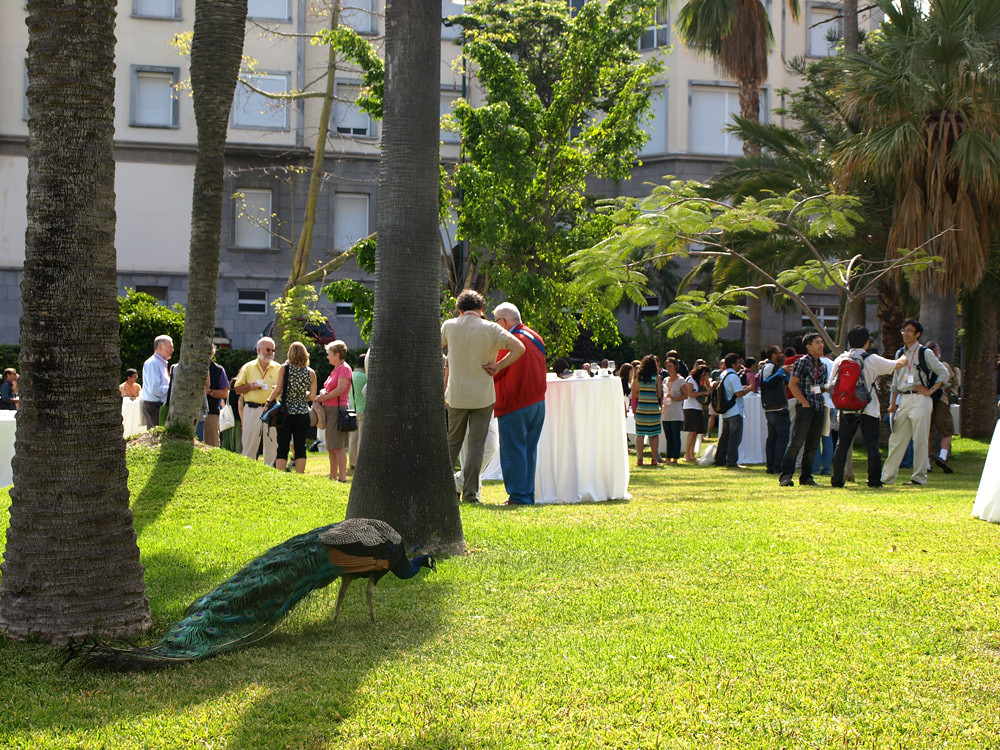 Whilst experts debated how to reduce risks from volcanic eruptions, there were presentations ranging from topics whose very titles could make your head spin like “˜Plagioclase zoning as an indicator of magma processes’ to ones of more general interest based around the beneficial aspects of living beside volcanoes, especially from a tourism point of view. These were full of fascinating snippets.
Whilst experts debated how to reduce risks from volcanic eruptions, there were presentations ranging from topics whose very titles could make your head spin like “˜Plagioclase zoning as an indicator of magma processes’ to ones of more general interest based around the beneficial aspects of living beside volcanoes, especially from a tourism point of view. These were full of fascinating snippets.
A presentation on innovative tourism demonstrated that the scenery in the Teide Crater really is out of this world ““ the Culann Patera Volcano (a name straight out of Star Trek) on Jupiter’s moon Io is the intergalactic double of Mount Teide. Another about volcanoes and adventure tourism informed delegates that Yellowstone National Park have a fascinating book about how people have died in the park which apparently includes someone who went scuba diving in a boiling hot spring.
As well as speeches and presentations there was an art exhibition with a volcanic theme, not always obvious, and a display of local schoolchildren’s paintings.
During the conference I met up with Dr Simon Day and asked him about a big chunk of La Palma going scuba diving.
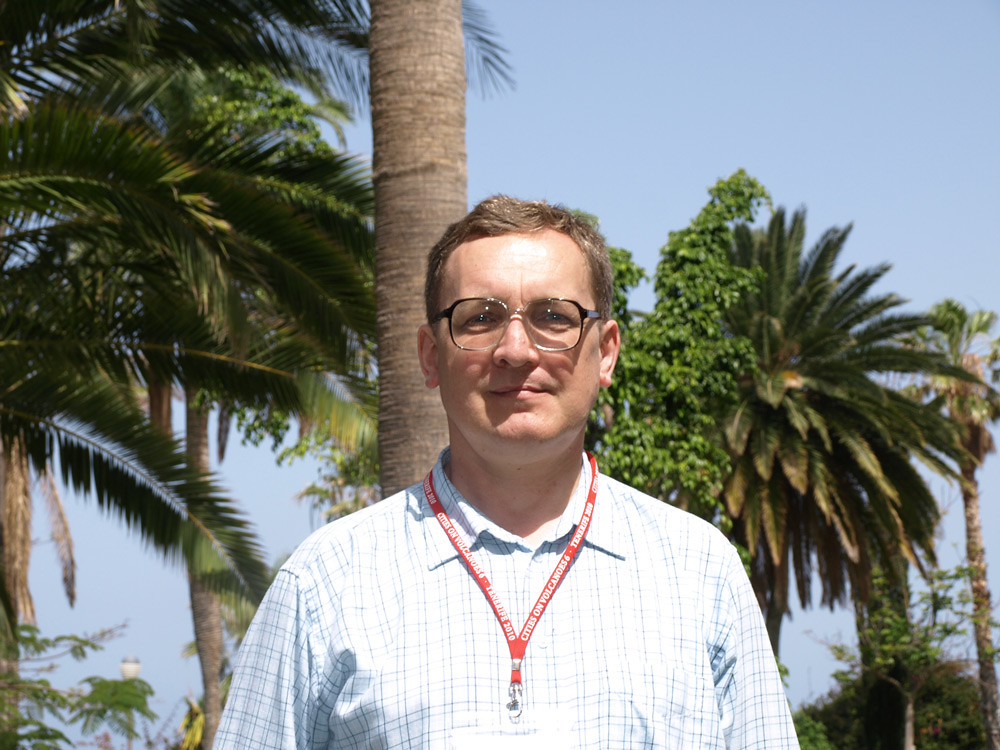
Not a lot has changed since he published his findings. The Cumbre Vieja remains stable which some equate to being safe.
“It’s only safe in the same way that driving along a winding road at 50 mph in dry conditions is safe,’ he explained. ‘Drive along the same road in wet conditions at the same speed and it’s no longer safe. There hasn’t been an eruption in that time, but it’s what happens then that makes the situation unsafe.”
When there is one the land mass becomes less stable and potentially moves. This is what happened in 1949 when, following an eruption, part of the western flank of the island slipped about 13 feet.
“It might not be the next eruption, or the one after that, but every time it happens and the Cumbre Vieja moves, it becomes more unstable. Eventually it will detach and slide into the sea,” Dr Day told me with unflinching conviction.
Becoming increasingly concerned about the possibility of being engulfed by a mega-tsunami when this happens, I asked about the chances of it falling into the sea gradually so that the impact is negligible as suggested by some. His answer was simple, yet compelling.
“It’s never happened that way before.”
There have been dozens of landslides triggered by eruptions and every one of them has gone in one big chunk. It’s a fact that is hard to argue with and one that demanded another question. When could it happen?
At this point it’s essential to separate reality from sensationalist newspaper headlines. When scientists talk about events, their timelines are different from yours and mine. They talk about centuries the way we talk about years. It’s impossible to predict when Mother Nature is going to throw one, but when Dr Simon Day states that a piece of La Palma is going to fall into the sea, he doesn’t mean tomorrow, next year, or even next century. To put it into perspective, the closest I could pin him down to was that he believed if he returned in ten thousand years, La Palma won’t be as big as it is now.
And therein lay part of the aim of COV6; to learn more about living with volcanoes is to understand them better and remove the fear that sensationalist reporting can awaken.
“Worry more about crossing the road,” is Dr Day’s reassuring advice to those of us who live on these volcanic islands.
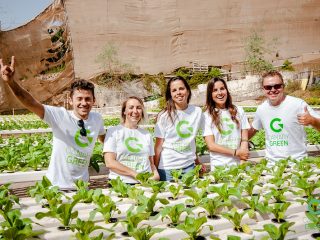
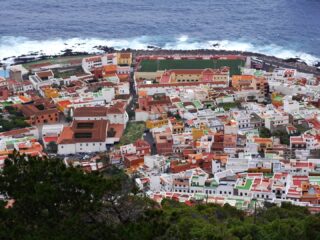
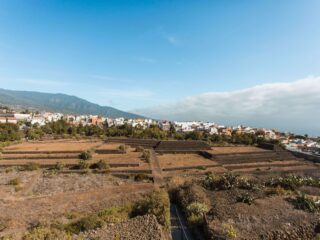
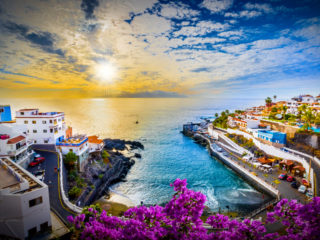
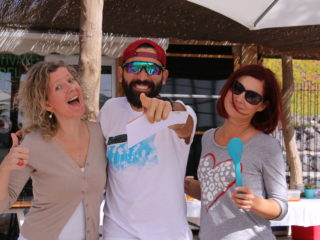

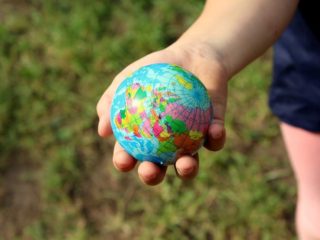
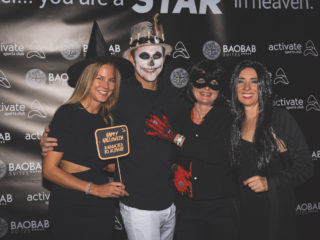
Comments are closed.